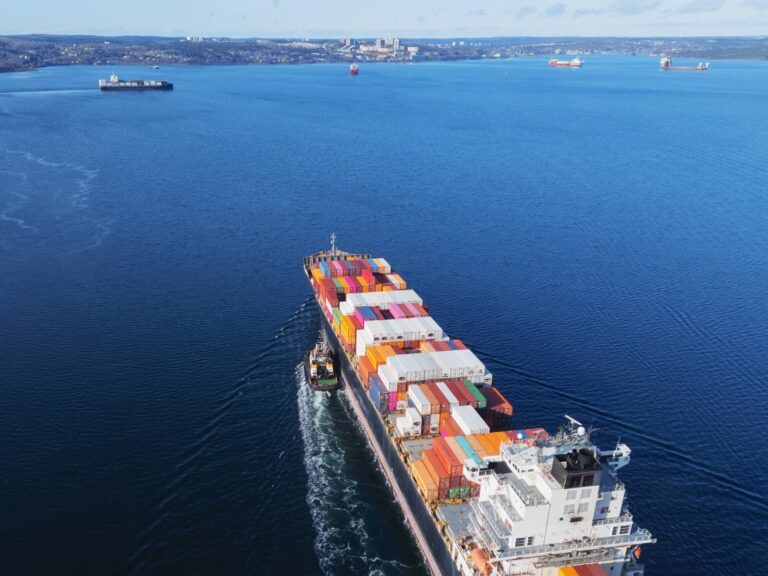Strategic Approaches for Navigating Tariff Risks
April 7, 2025

Strategic Approaches for Navigating Tariff Risks
With uncertainty surrounding global responses and economic repercussions, companies must proactively assess their exposure and develop mitigation strategies for tariff risks. According to an article by Risk Managment Magazine, tariffs affect costs, supply chain dynamics, and contractual obligations, requiring organizations to rethink procurement, supplier relationships, and pricing structures. Because of this, effective risk management will be essential in adapting to these changes and maintaining operational resilience.
One immediate challenge the article notes is the rise in costs, which forces companies to determine how to distribute financial burdens without alienating suppliers or customers. Reduced overseas supply options may also lead to increased competition for alternative sources. Moreover, businesses must account for indirect tariff exposure, as lower-tier suppliers may be affected, necessitating more thorough due diligence.
Contract management is crucial in addressing tariff-related expenses, with provisions such as indexed pricing structures, international commercial terms or “incoterms,” and cost-sharing agreements helping companies mitigate financial risks. While force majeure and commercial impracticability clauses are sometimes cited, they rarely offer relief from cost increases due to tariffs.
Beyond contractual protections, the article suggests companies should explore supply chain diversification, shifting sourcing to lower-tariff regions through nearshoring, reshoring, or friend-shoring. Tariff engineering—adjusting product design, classification, or assembly locations—may also offer cost advantages. Utilizing foreign trade zones, bonded warehouses, and duty drawback programs can further reduce tariff exposure. Additionally, insurance products such as political risk insurance and trade credit insurance can help offset financial shocks.
To navigate these challenges, the article says risk professionals must collaborate across legal, finance, and procurement teams to conduct supply chain risk assessments and develop agile contingency plans. By proactively addressing tariff risks, companies can transform potential disruptions into strategic advantages, reinforcing resilience and fostering long-term growth.
Get our free daily newsletter
Subscribe for the latest news and business legal developments.



